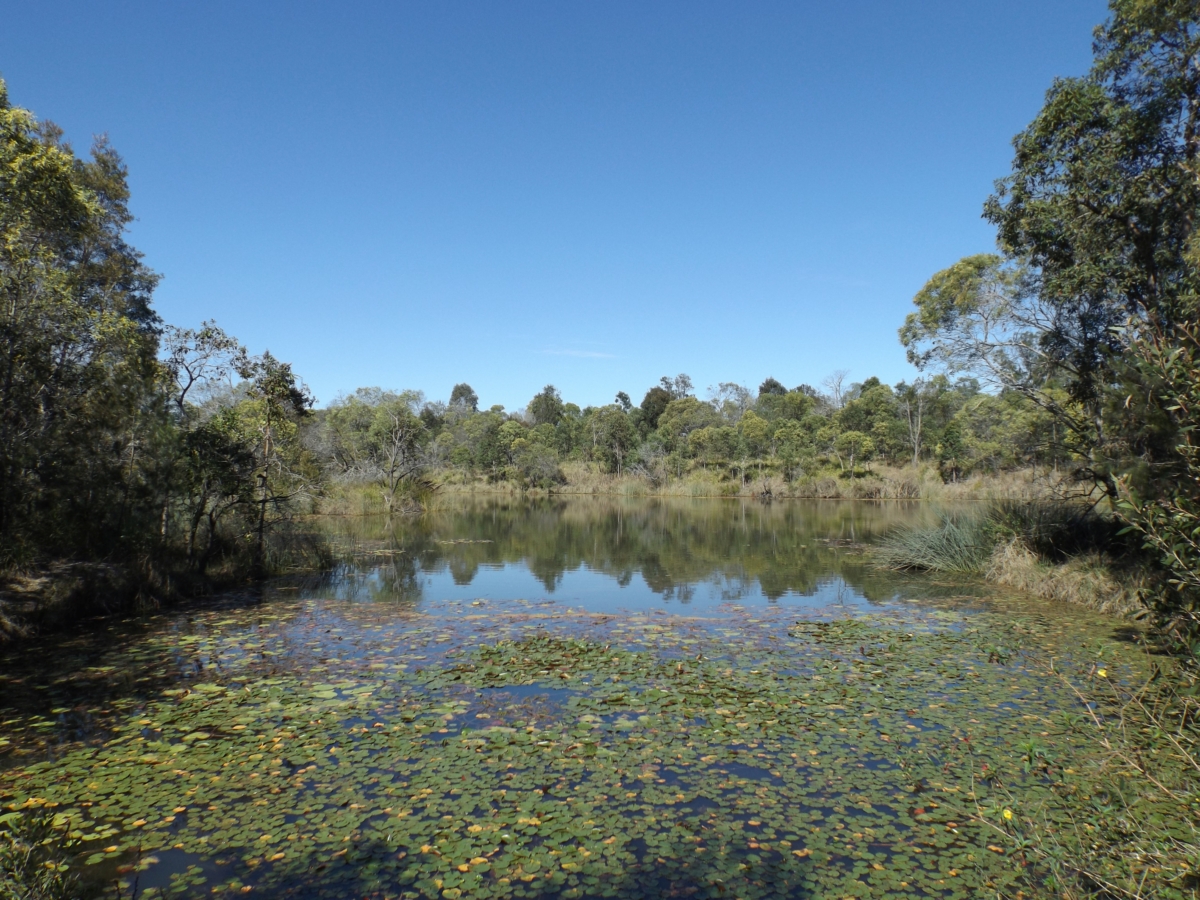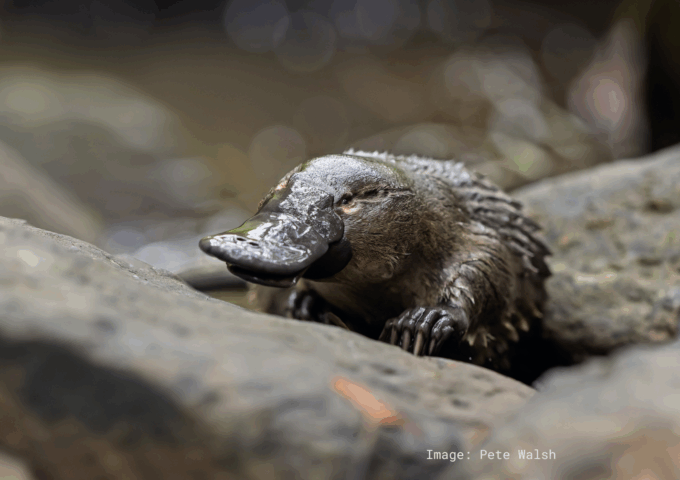- local
- FREE
Fin-Tastic Science – Solving the mysteries of the underwater world
- - (ACST)
-
ASRAC Ranger Base
8, Winnellie NT 0822, Australia

The Fin-tastic project will engage Indigenous school children in the remote Ramingining community in the Northern Territory, in a hands-on science experiment that will help to create pathways into science for Aboriginal people and answer some of the questions the school children have.
The project will use Baited Remote Underwater Cameras (BRUVs) to reveal the secrets of nearby freshwater billabongs. The species assemblages of these billabongs are poorly understood by many community members because they are inhabited by dangerous Baru (saltwater crocodiles) and are therefore inaccessible to people for swimming and snorkeling. The importance of Guya (fish) as a food source and inspiration for many cultural displays including artwork, songs and dances is abundant here and the adjacent Arafura Swamp region is known for many important economic fish species such as Barramundi, Mangrove Jacks and Catfish. In addition, there are many visually appealing fish with economic value in the aquarium trade such as the Threadfin Rainbowfish and Seven-spot Archerfish.
This project will involve real-world problem-solving challenges that showcase the role of science, technology, and innovation in Australia’s economic and social development as well as featuring interactive workshops about fish life history traits and movement and guest speakers from the ranger group to discuss cultural matters to do with fish. The program will be delivered during National Science Week 2025 (9th Aug – 17th Aug) through school visits, community events, and a final showcase where we review a compilation of the footage and work together to identify the fish and other under water life we’ve recorded together and talk about how they coexist.






